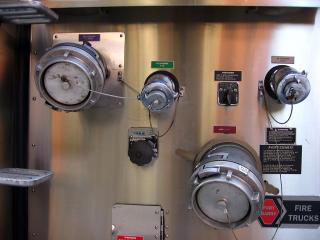One of the major points of intersection between law and economics is liability. By setting the rules about who can sue brake manufacturers, in what circumstances, and to what extent, lawmakers help to set the incentives for quality control within that industry. By establishing what constitutes negligence in different areas, the law tries to balance efficiency (encouraging cost-effective mitigation on the part of whoever can do it most cheaply) with equity.
I wonder whether this could be used, to some extent, to combat the botnets that have helped to make the internet such a dangerous place. In brief, a botnet consists of ordinary computers that have been taken over by a virus. While they don’t seem to have been altered, from the perspective of users, they can be maliciously employed by remote control to send spam, attack websites, carry out illegal transactions, and so forth. There are millions of such computers, largely because so many unprotected PCs with incautious and ignorant users are connected constantly to broadband connections.
As it stands, there is some chance that an individual computer owner will face legal consequences if their machine is used maliciously in this way. What would be a lot more efficient would be to pass part of the responsibility to internet service providers. That is to say, Internet Service Providers (ISPs) whose networks transmit spam or viruses outwards could be sued by those harmed as a result. These firms have the staff, expertise, and network control. Given the right incentives, they could require users to use up-to-date antivirus software that they would provide. They could also screen incoming and outgoing network traffic for viruses and botnet control signals. They could, in short, become more like the IT department at an office. ISPs with such obligations would then lean on the makers of software and operating systems, forcing them to build more secure products.
As Bruce Schneier has repeatedly argued, hoping to educate users as a means of creating overall security is probably doomed. People don’t have the interest or the incentives to learn and the technology and threats change to quickly. To do a better job of combating them, our strategies should change as well.




